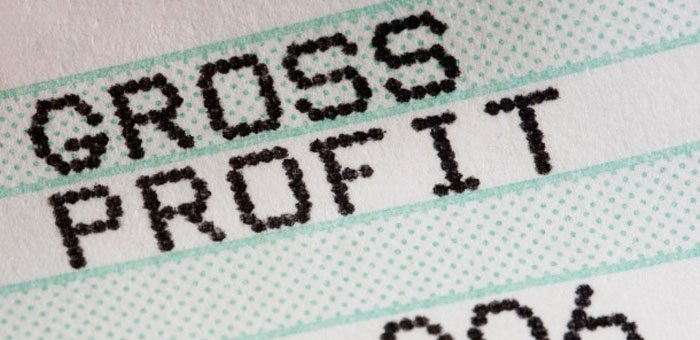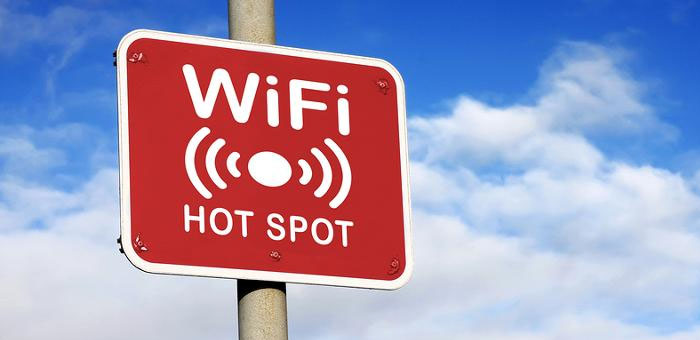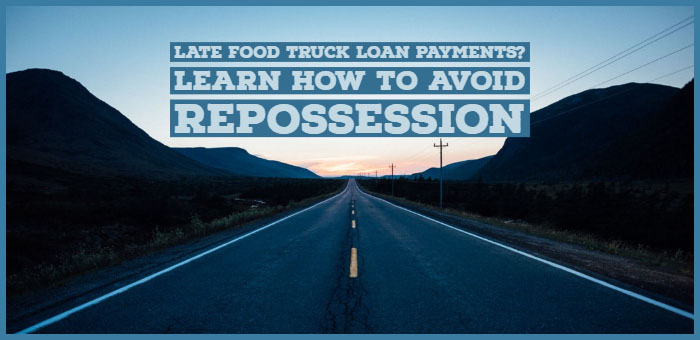When opening a new food truck, you are going to have to make assumptions about all your expenses and your head counts regardless of whether or not you price by gross profit.
Since you will already have those assumptions, it only makes sense that you set prices so that you will collect enough markup (gross profits) from each of those assumed customers to cover all the expenses you are assuming.
The gross profit is computed as:
Sales – Cost of Goods Sold = Gross Profit
To understand gross profit, it is important to know the distinction between variable and fixed costs.
Variable costs are those things that change based on the amount of product being made and are incurred as a direct result of producing your food truck menu items.
Since you won’t have “real numbers” to work with in your culinary start up, it will be important that you create your budgets conservatively. Set realistic expectations for traffic and for expenses, based on your own or your advisor’s experience and averages in your area. You’ll need to be doing all this regardless of whether or not you price by gross profit.
Pricing by gross profit simply guarantees that if you bring in the customers you assumed, and you keep your expenses down to where you assumed, that you will at least make the profit you budgeted for.
RELATED: Start Business Planning For Your Food Truck Early On
The Bottom Line
Without pricing by gross profit, you are simply guessing at whether or not there will be enough markup to cover your expenses. Pricing by a budgeted cost percentage doesn’t take into account the other expenses of the mobile food business.
In short, budget conservatively and use your assumptions on customer counts and expenses, along with accurate recipe costs to price by gross profits in your food truck start up.
To discuss gross profit further, join us on social media. Facebook | Twitter




